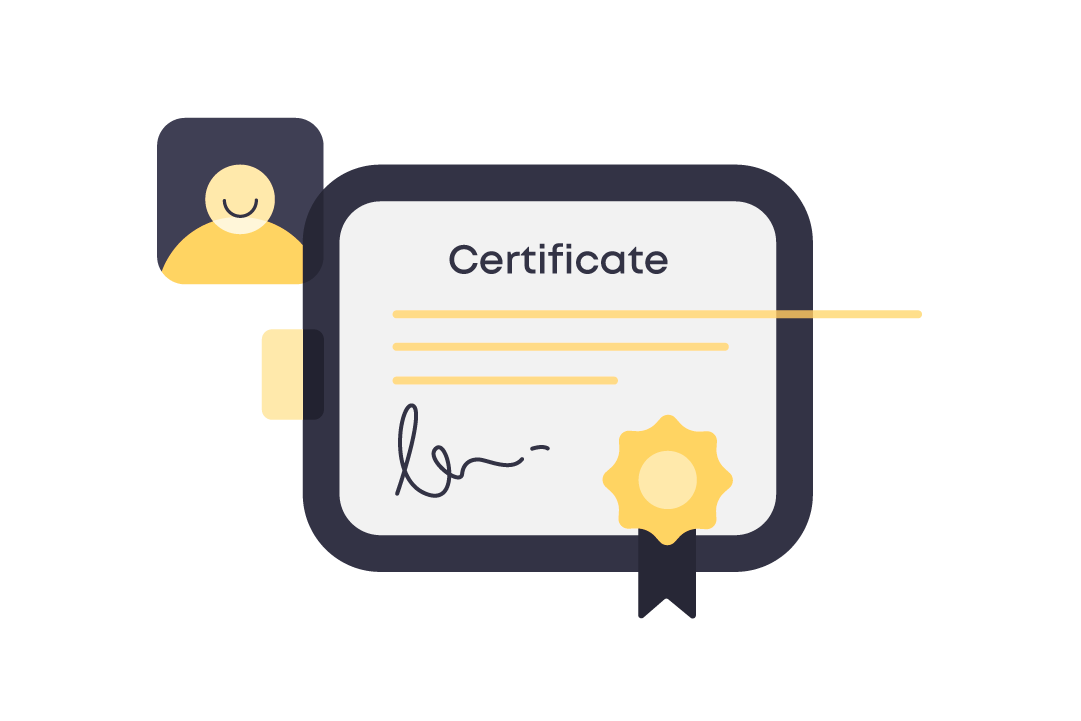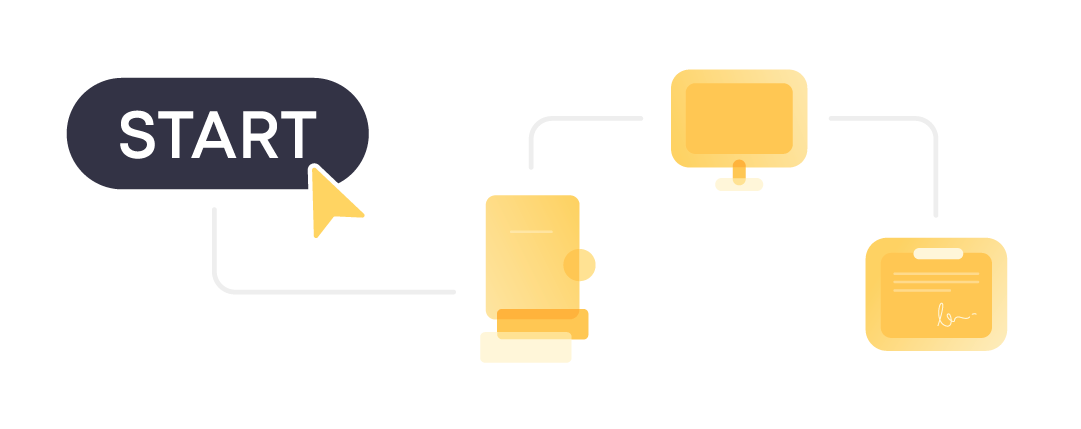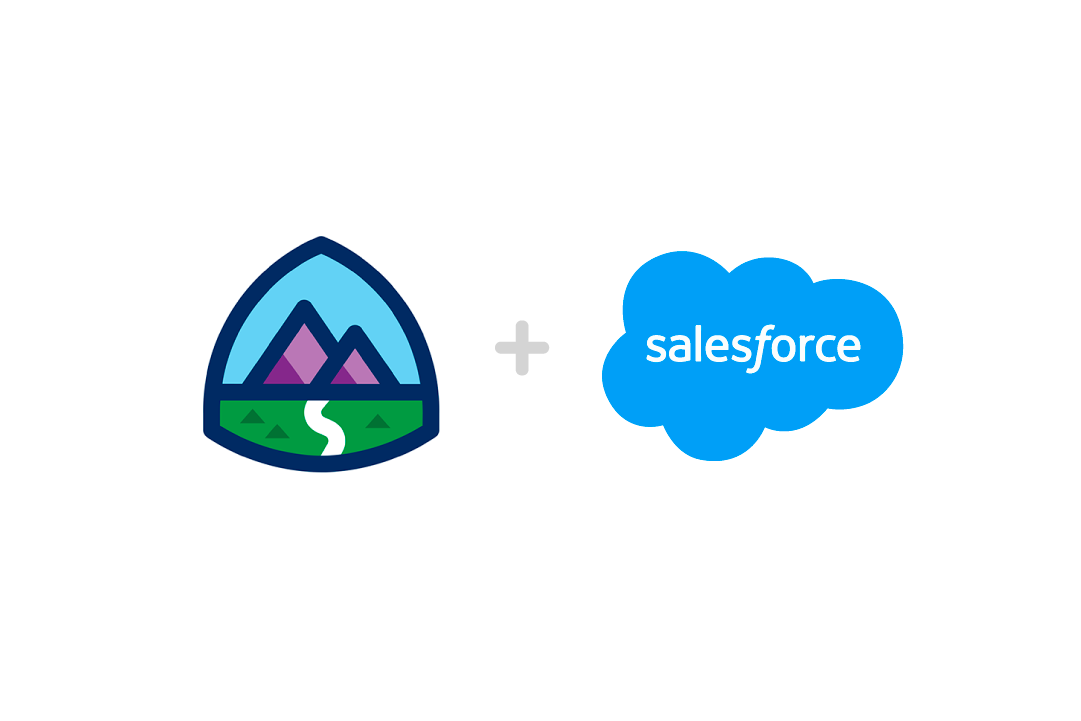Salesforce has become a key player in the business world, used by over 150,000 companies globally. This widespread adoption brings a challenge: learning how to effectively use Salesforce. This is where Salesforce Trailhead comes in, offering a learning platform for users of all levels, including those pursuing Salesforce certification.
In our article, we’ll take a closer look at Salesforce Trailhead. We’ll cover how it helps users learn Salesforce, its main features, and why it’s important for anyone working with Salesforce today. This should give you a clearer understanding of its role in the Salesforce ecosystem.
Let’s begin.
What is the Salesforce Trailhead?
Launched in 2014 by Salesforce, Trailhead is an online learning platform designed to educate users on Salesforce’s suite of software products. It caters to a diverse audience, from beginners to advanced users, and covers a broad spectrum of Salesforce-related topics through interactive modules and trails.
Overview of Salesforce Trailhead Features:
Extensive Learning Modules: Trailhead’s courses, known as trails, cover a wide range of Salesforce topics. Available in both preset and customizable formats, they suit various learning goals.
Simplified Content: The content is divided into concise, manageable units, typically 10-15 minutes each, facilitating a self-paced learning approach.
Badges and Certifications: Completing units and modules earns users superbadges and certificates, which can be showcased on Salesforce profiles and LinkedIn.
Instructor-Led Classes: Trailhead Academy offers online, instructor-led classes covering diverse Salesforce topics, some also available for in-person attendance.
Trailblazer Community: A global community for users to connect, share, and support each other, enhancing the learning experience.
Gamified Learning: The platform employs a gamified system with badges and points, making learning interactive and fun. Progress through ranks like ‘Scout’ to ‘Ranger’ indicates growing Salesforce proficiency.
Trailhead transcends traditional learning by merging practical skill-building with community engagement and gamified elements. This combination ensures that Trailhead is not just a learning platform but a comprehensive tool for mastering the wide-ranging functionalities of Salesforce.
Why Salesforce Certification is good?

Salesforce certification offers several benefits, making it a valuable asset for professionals working with Salesforce’s suite of products.
- Professional Recognition: Certification signifies expertise in Salesforce, enhancing professional stature among colleagues, customers, and employers. Certified individuals are often preferred for higher responsibilities and roles.
- Increased Efficiency and Problem-Solving: Certified Salesforce professionals show greater efficiency. For instance, Salesforce Certified Developers are 90% more productive in coding, and Certified Administrators are 15% faster at troubleshooting user account issues.
- Organizational Impact: Certified employees tend to have more influence, being 5.5 times more impactful in their roles and 90% more productive, contributing to organizational success.
What Are the Different Types of Salesforce Certifications?
Salesforce certifications vary, catering to different roles and experience levels
| Group | Certification Types | Level | Experience Required |
| Associates | Certified Associate | Entry-Level | Foundational knowledge for beginners in Salesforce or artificial intelligence |
| Admins | Administrator, Advanced Administrator | Mid-Level | Essential for Salesforce administration and management |
| Designers | UX Designer, Strategy Designer | Mid-Level | Key for designing user experiences and strategic planning in Salesforce |
| Consultants | Service Cloud, CPQ Specialist, Sales Cloud, Data Cloud, Field Service, Experience Cloud, Tableau CRM and Einstein Discovery, Nonprofit Cloud, Education Cloud, Business Analyst, Slack Consultant | Mid-Level | Vital for architectural planning and implementation in Salesforce environments |
| Marketers | Marketing Cloud Administrator, Developer, Consultant, Email Specialist, Account Engagement Specialist | Varies | Integral for marketing strategy, execution, and analysis within Salesforce |
| Developers | Platform Developer I, Platform Developer II, JavaScript Developer I, Industries CPQ Developer, OmniStudio Developer | Varies | Fundamental for developing and customizing Salesforce applications and platforms |
Trailhead 101
Creating a Trailhead account is the first step to learning Salesforce through its engaging and educational platform. Trailhead offers a variety of learning resources, including modules, projects, trails, and trailmixes, to guide you through specific topics and skills in Salesforce. Let’s explore how to get started:
1. Creating a Trailhead Account
To begin your learning journey on Trailhead, you need to sign up for an account. This process is straightforward and involves providing some basic information. Once your account is set up, you’ll have access to all of Trailhead’s learning resources and can start earning badges.
2.Navigating the Trailhead Interface
The Trailhead platform is user-friendly and offers various ways to start your learning journey. Key features include:
- Modules – Short units on specific Salesforce topics.
- Projects – Practical sessions in Trailhead Playground for hands-on learning.
- Trails – Sequences of modules and projects for skill development.
- Trailmixes – Personalized learning paths combining various resources.
- Superbadges – Real-world challenges to test and apply Salesforce skills.
- Salesforce Certifications – Credentials confirming Salesforce product expertise.
3.Choosing the Right Trail for Beginners
For beginners in Salesforce Trailhead, it’s best to start with the basics. Choose modules labeled ‘beginner’ to get familiar with Salesforce. A good starting module is ‘CRM Basics’ found in the ‘Learn CRM Essentials’ trail. Focus on areas where you need more understanding, and gradually work your way up. Recommended initial badges include ‘CRM Basics‘, ‘Salesforce Ohana Culture‘, and ‘Salesforce User Basics‘, providing a solid foundation in Salesforce fundamentals.
Learning Paths

Salesforce Trailhead offers structured learning paths for different roles, such as Administrator, Developer, and Marketer. Learning paths comprise a series of interconnected modules and projects designed to provide in-depth knowledge and hands-on experience. Focusing on the Administrator role, let’s explore some key trails and their content:
1.Admin Beginner: This trail is a starting point for aspiring Salesforce Administrators. It guides learners through the basics of customizing Salesforce, including navigation and building custom functionality.
2.Salesforce Platform Basics: Introduces the Salesforce platform, covering navigation, use cases, and building custom functionality.
3.Data Modeling: Focuses on structuring data using objects, fields, and relationships, crucial for database management in Salesforce.
4.Data Management: Teaches how to import and export data, a vital skill for managing and maintaining Salesforce data integrity.
5.Lightning Experience Customization: Guides users through customizing the Lightning Experience interface, enabling them to tailor the UI without coding.
6.User Engagement: This module is about creating in-app guidance to maximize user value from Salesforce apps.
7.Reports & Dashboards for Lightning Experience: This part of the trail helps in visualizing key business metrics in real-time, a crucial aspect for data analysis and decision-making.
Each of these modules and trails provide comprehensive learning in various aspects of Salesforce administration, ensuring that learners are well-equipped to handle the demands of their roles effectively.
Advanced Learning and Specialization in Salesforce Trailhead
For those seeking to deepen their Salesforce expertise, Trailhead offers advanced modules and superbadges that focus on specialized skills and complex real-world scenarios. These advanced modules delve deeper into specific Salesforce products or functions, allowing learners to specialize in areas like advanced data management, complex process automation, or in-depth analytics.
Superbadges represent a higher level of challenge and achievement, as they require applying knowledge from multiple modules to solve practical business problems. Earning superbadges signifies a high degree of proficiency and specialization in particular areas of Salesforce. This level of specialization is essential for professionals aiming to excel in specific Salesforce products or functions.
How To Prepare for the Salesforce Certification Exam
Preparing for Salesforce certification exams involves several key steps:
1.Understand Exam Format and Requirements: Familiarize yourself with the structure, types of questions, and the specific topics covered in the certification exam.
2.Effective Exam Preparation Strategies: Utilize Trailhead for in-depth study, focusing on areas relevant to the exam. Leverage advanced modules and superbadges for practical application.
3.Utilize Additional Resources: Explore resources like Udemy courses for a deeper understanding and focusonforce.com for structured knowledge materials. These platforms offer comprehensive study guides and practice questions.
4.Set a Learning Schedule: Define and adhere to a daily learning schedule, ensuring consistent progress and coverage of all necessary topics.
5.Practice with Mock Exams: Test your knowledge with official Trailhead mock exams and other resources like focusonforce.com, which provides a variety of practice tests. Regular self-assessment helps identify areas needing further study and builds familiarity with the exam format.
By combining these strategies, you can thoroughly prepare for the Salesforce certification exams, enhancing your chances of success.
The Certification Processes to Consider for Salesforce
Consider the following when trying to get certified:
1.Choosing the Exam Date: Determine the most suitable date for your exam based on your preparation level and schedule.
2.Exam Format Decision: Decide whether you prefer an offline (in-person) or online exam. Each format has its own set of requirements and procedures.
3.Registration: Register for the exam through the Salesforce website. Follow the provided instructions to complete your registration, selecting your chosen exam date and format.
4.Day of the Exam: Be prepared with necessary identification (for offline exams) or a suitable environment and technical setup (for online exams).
5.Exam Retakes: If needed, Salesforce allows for exam retakes. Check their policy for retake fees and waiting periods.
6.Maintaining Certification: Salesforce certifications require regular maintenance, usually through completing specific modules on Trailhead, to stay updated with the latest Salesforce features and practices.
7.Follow Instructions: Ensure to read and understand all instructions provided for the exam, including time allocations, question formats, and the rules for online or offline exams.
Conclusion
Salesforce Trailhead is a key tool in the certification journey for Salesforce professionals. It provides an extensive and engaging learning environment suitable for all skill levels. Through its learning paths, specialized modules, and challenging superbadges, Trailhead effectively prepares learners for certification exams.
Furthermore, it supports ongoing professional development and certification maintenance. The platform’s role in empowering Salesforce professionals is significant, making it an essential resource for anyone aiming to succeed in the Salesforce ecosystem.





